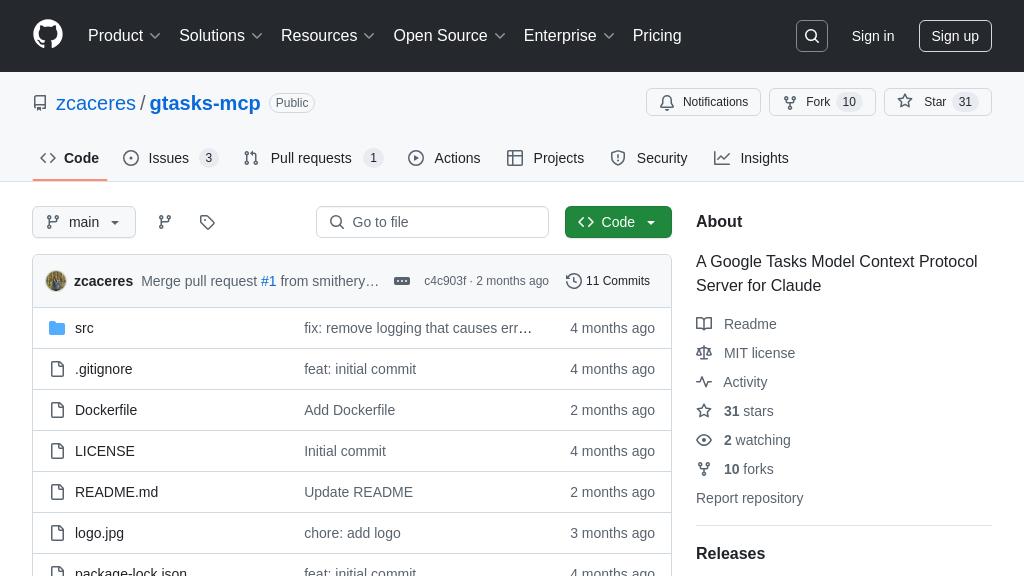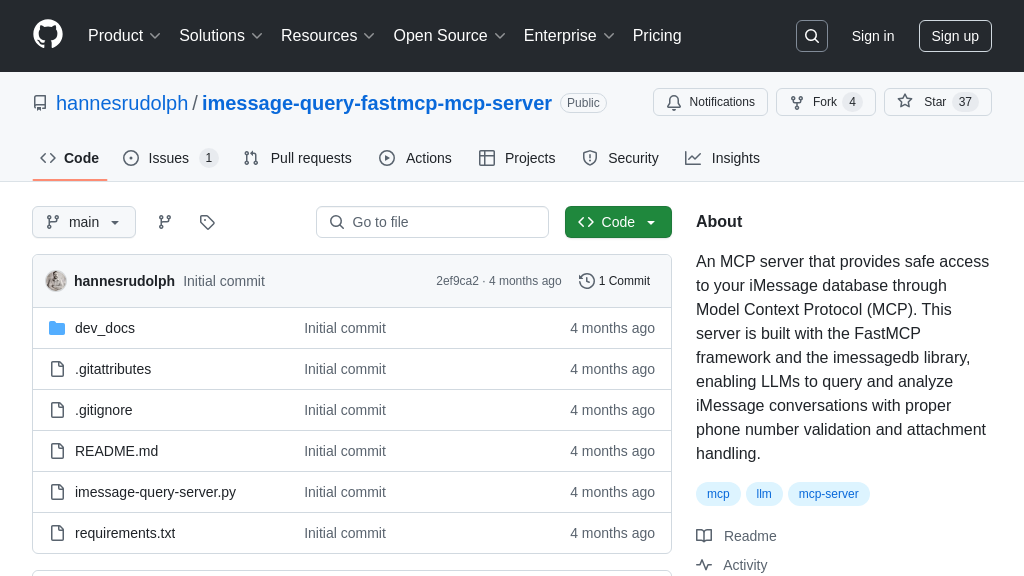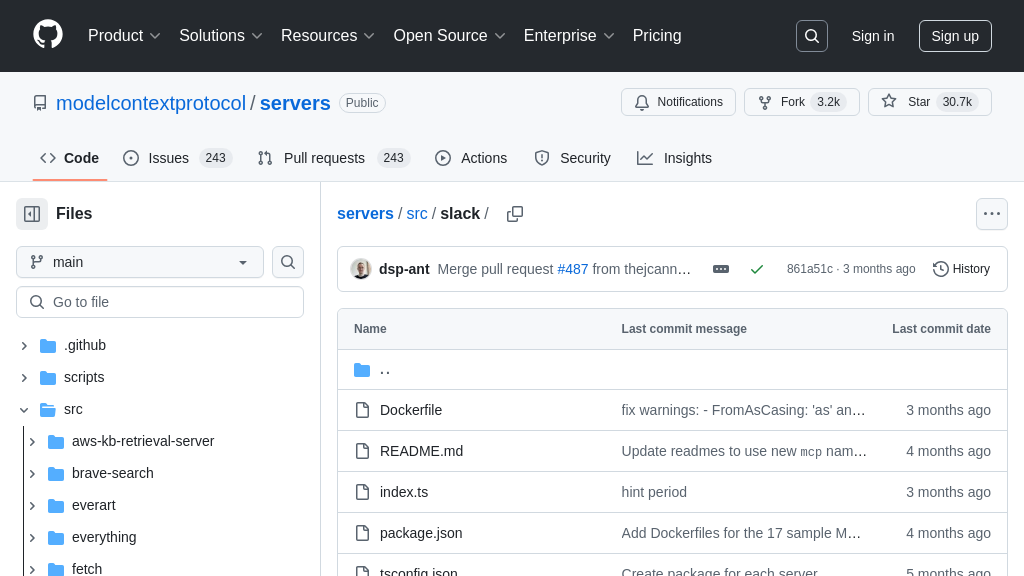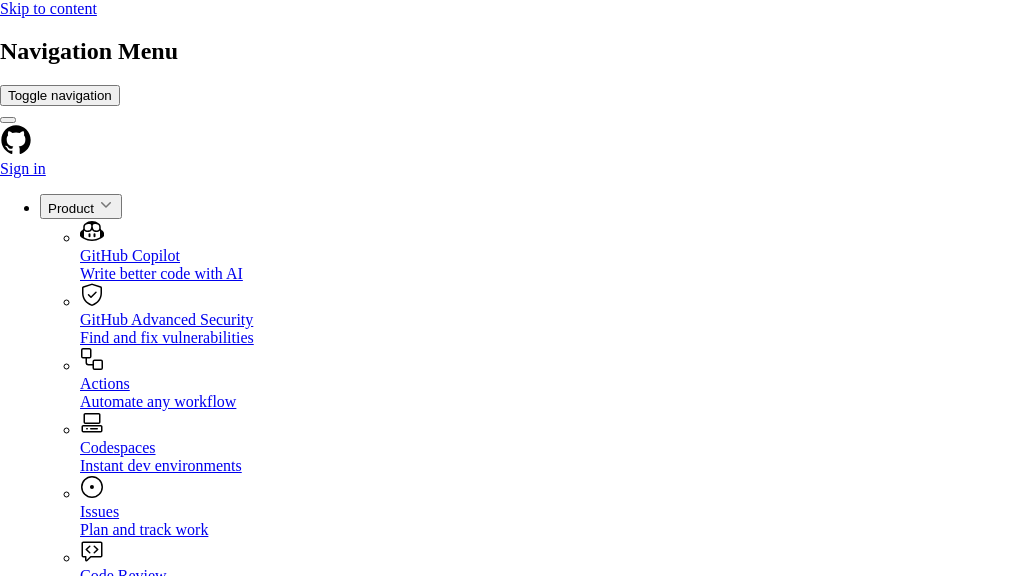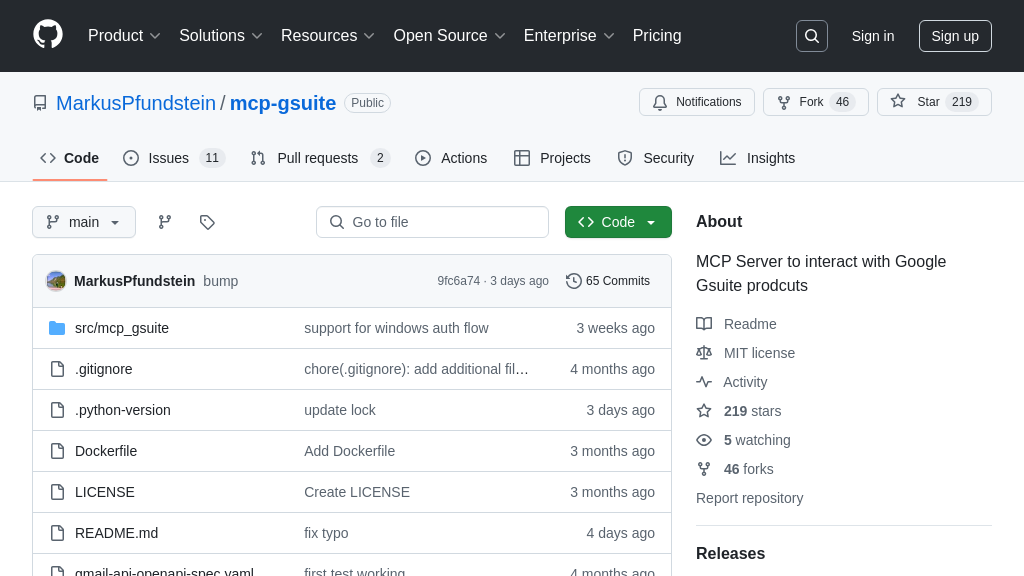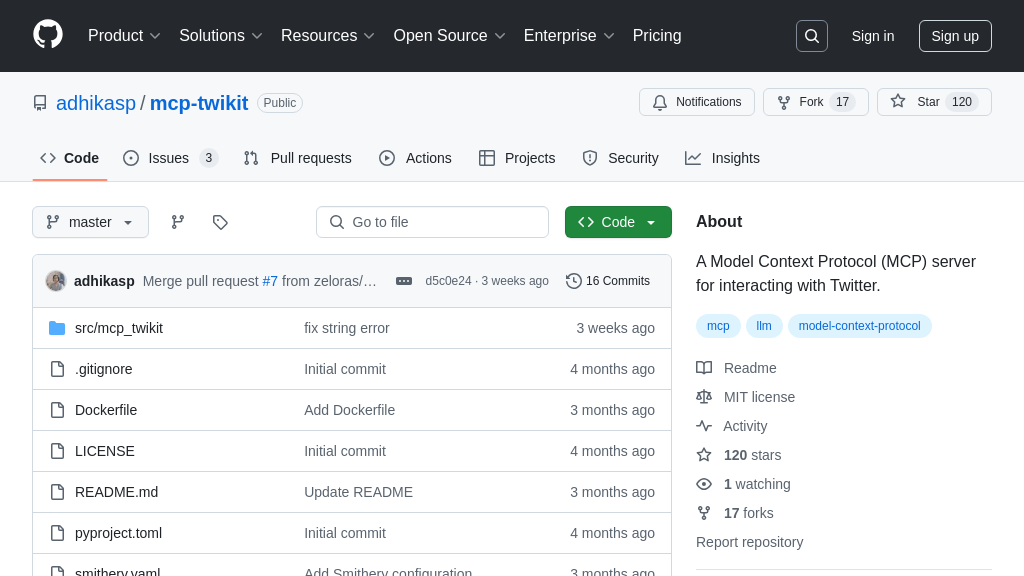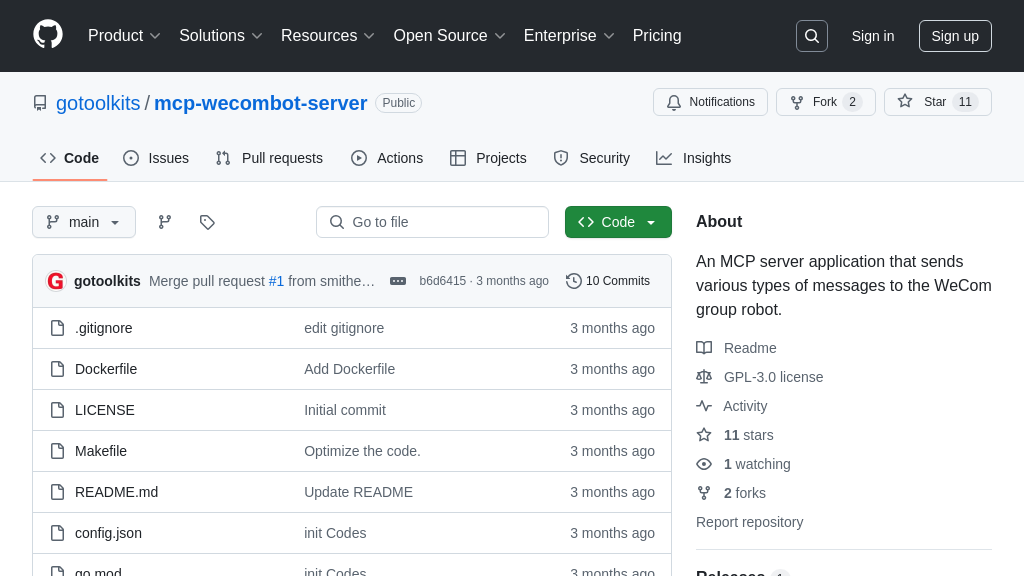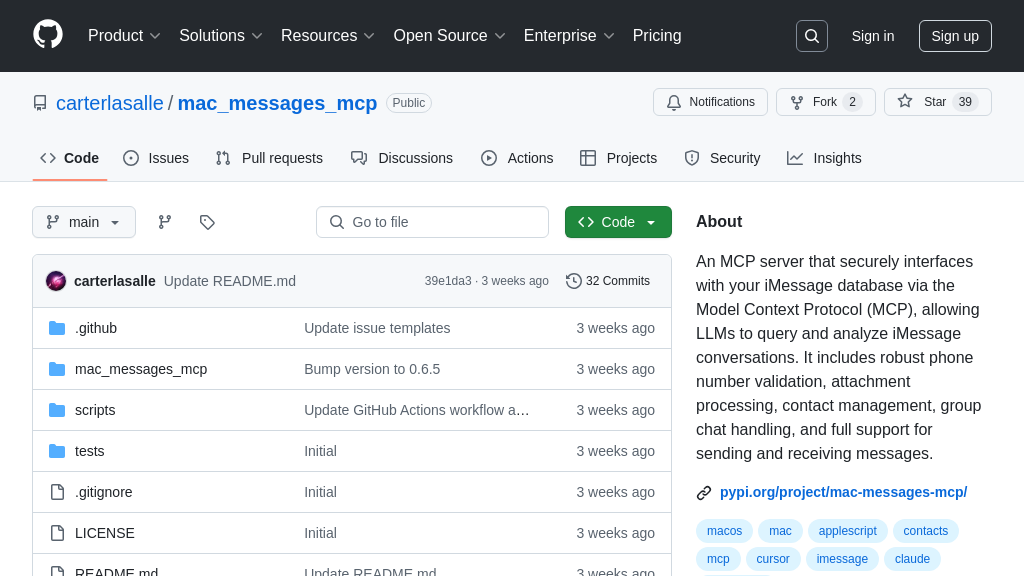graphlit-mcp-server
Graphlit MCP Server: Bridging AI models with real-time data via MCP for enhanced contextual awareness.

graphlit-mcp-server Solution Overview
Graphlit MCP Server is a powerful tool that acts as a bridge between AI models and the Graphlit platform, enabling seamless integration of external knowledge sources. As an MCP server, it allows AI models to ingest, search, and retrieve relevant information from diverse sources like Slack, Discord, websites, and various document formats. Key features include automated content extraction, audio/video transcription, and built-in web crawling and search capabilities, eliminating the need for separate integrations.
By connecting to the Graphlit platform, the server provides AI models with a wealth of contextual data, enhancing their ability to generate informed and accurate responses. Developers can leverage its extensive suite of tools for retrieval, extraction, ingestion, and data connection, streamlining the process of building context-aware AI applications. Installation is straightforward, typically involving a simple npx command within the MCP client environment, making it easy to integrate into existing workflows. The core value lies in its ability to provide AI models with up-to-date and relevant information, improving their overall performance and utility.
graphlit-mcp-server Key Capabilities
Unified Data Ingestion
The Graphlit MCP server streamlines data ingestion from diverse sources, including files (PDF, DOCX), web pages, messages (Slack, Discord), emails (Outlook, Gmail), and project management tools (Jira, GitHub Issues). This eliminates the need for developers to build custom integrations for each data source, saving significant development time and resources. The server automatically extracts content from documents and web pages, converting them into a standardized Markdown format for easy processing by AI models. Furthermore, it supports audio/video transcription, expanding the range of usable data. This unified approach simplifies the process of feeding relevant information to AI models, enabling them to operate with a broader and more contextually rich understanding.
Example: A developer can configure the Graphlit MCP server to ingest data from a company's Slack channels, Jira projects, and shared Google Drive documents. The AI model can then use this information to answer employee questions about project status, find relevant documents, or summarize discussions.
Intelligent Content Retrieval
The server provides powerful content retrieval capabilities, allowing AI models to query and retrieve relevant information from the ingested data. This includes functionalities like querying contents, collections, and feeds, as well as retrieving relevant sources and similar images. The "Retrieve Relevant Sources" tool is particularly valuable, as it enables AI models to access the most pertinent information for a given query, improving the accuracy and relevance of their responses. The server also supports visually describing images, enabling multimodal AI applications. This intelligent retrieval system ensures that AI models have access to the right information at the right time, enhancing their performance and decision-making abilities.
Example: An AI-powered chatbot integrated with the Graphlit MCP server can answer customer support questions by retrieving relevant information from the company's knowledge base, including product documentation, FAQs, and past support tickets.
Comprehensive Data Connectors
Graphlit MCP Server offers a wide array of pre-built data connectors, simplifying integration with popular platforms like Microsoft Outlook, Google Mail, Notion, Reddit, Linear, Jira, GitHub Issues, Google Drive, OneDrive, SharePoint, Dropbox, Box, GitHub, Slack, Microsoft Teams, Discord, and Twitter/X. These connectors eliminate the need for developers to write custom code to access data from these sources, significantly reducing integration complexity and development time. The server also includes specialized connectors for web crawling, web search (including podcast search), and web mapping, further expanding its data acquisition capabilities. This comprehensive suite of data connectors makes it easy to build AI applications that leverage data from a wide range of sources.
Example: A data scientist can use the Graphlit MCP server to connect an AI model to Twitter/X data to analyze public sentiment towards a particular product or brand. The model can then use this information to generate reports, identify trends, and make recommendations.
Technical Implementation
The Graphlit MCP Server is implemented using Node.js, making it easy to install and run on a variety of platforms. It leverages environment variables for configuration, allowing for secure and flexible deployment. The server exposes a set of well-defined API endpoints that conform to the MCP standard, enabling seamless integration with MCP-compatible clients. The server also includes built-in support for authentication and authorization, ensuring that only authorized clients can access the data. The use of standard technologies and protocols makes the Graphlit MCP Server a robust and reliable solution for connecting AI models to external data sources.
